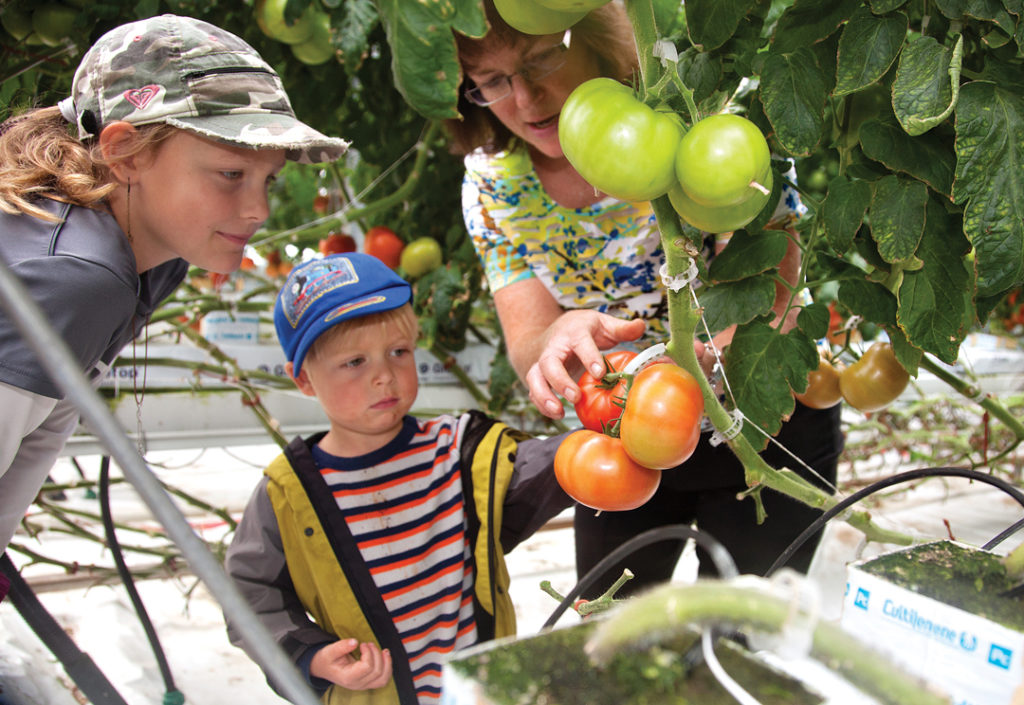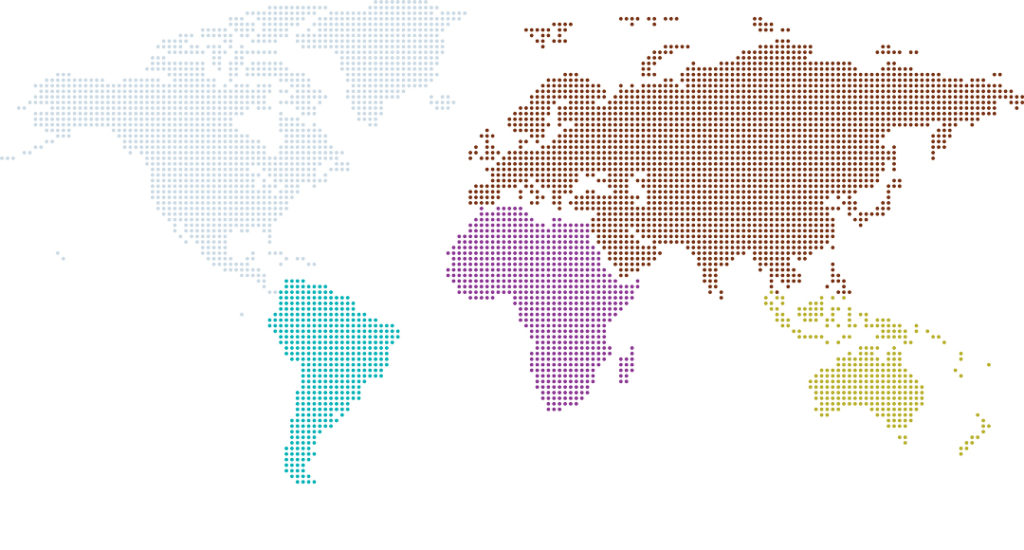On a sunny morning in the Origin Malting & Brewing taproom in Strathmore, co-owners Meleah Geeraert and her husband, Kyle, took an uncharacteristic break from what has been a crazy work schedule. Meleah is a fifth-generation member of the Hilton family whose farmstead is located just down the road. While she handles digital marketing, office management and taproom operations, he handles product development. They’ve overseen off-the-hook growth in sales following the outfitting and August 2017 launch of their business, which they carried out in record time. Invoking their “farm-kid work ethic,” they manage the endless tasks commensurate with this undertaking while raising their two-year-old son, Easton, and a second child is on the way. They’re overworked but clearly thrilled with their success thus far.












